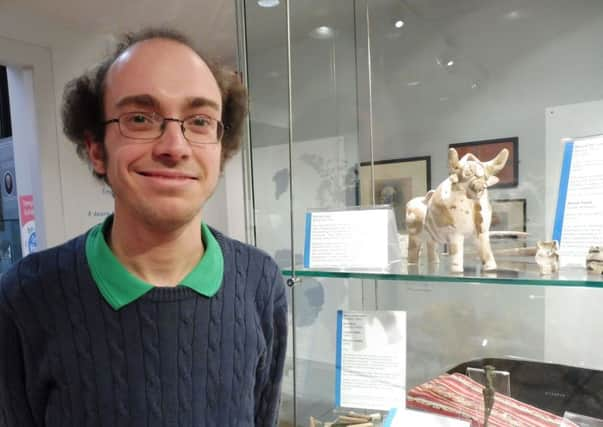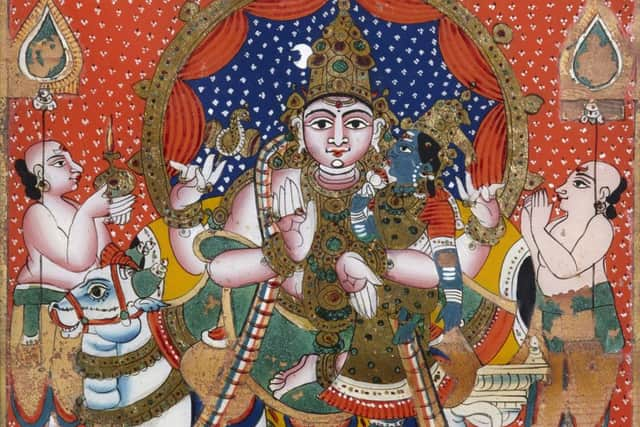View of the world on our doorstep


Spanning 6000 BC to the present day, objects from every continent and corner of the world have been selected from the Museum of St Andrews collections to reveal the different environments, cultures and way of life of people throughout history.
Matthew Sheard, learning and access curator at the University of St Andrews, said: “Humans have made their homes in almost every part of the world, from the poles to the equator.
Advertisement
Hide AdAdvertisement
Hide Ad“In One World we’re exploring how different cultures have each responded to the challenges we all face, from conflict to commerce and fishing to farming.


“It’s exciting to highlight some of the rarely seen items from our collections.
“Many of the South American items, some of which come from the Inca Empire, have never been on public display before.
“The displays also include a set of spectacular 19th-century Indian glass paintings. These brightly-coloured artworks are extremely fragile and we have carefully conserved them over the past year.
Advertisement
Hide AdAdvertisement
Hide Ad“They were painted with gouache and gold leaf by Indian artists for the British in India and are known as “Company Paintings”.


“They give us a valuable insight into the cultural relationship between Indian artisans and British people during that period in history.’’
Objects such as a Moroccan butter churn made from recycled sardine tins, a common product in Morocco, are used to reveal how the environment has influenced cultures.
Flags taken by the Norwegian explorer Fridtjof Nansen – the first man to cross Greenland in 1888 – on his expedition to reach the North Pole are just some of a number of objects in the exhibition which examine the University of St Andrews’ historic links with the world.
Advertisement
Hide AdAdvertisement
Hide AdIn 1926 Nansen was elected Rector of the University of St Andrews.
One World will be supported by a programme of free events and workshops for all ages.
These include a workshop for children about Aboriginal dot painting on January 17.
Children will learn how this ancient Australian art form was used in storytelling and mapping, and will have the opportunity to create their own painting during the activity session.
Simon Chadwick will perform music from the Viking period on the bowed lyre instrument on 24 January, and MUSA curators will give a talk about the Indian glass paintings on February 4.